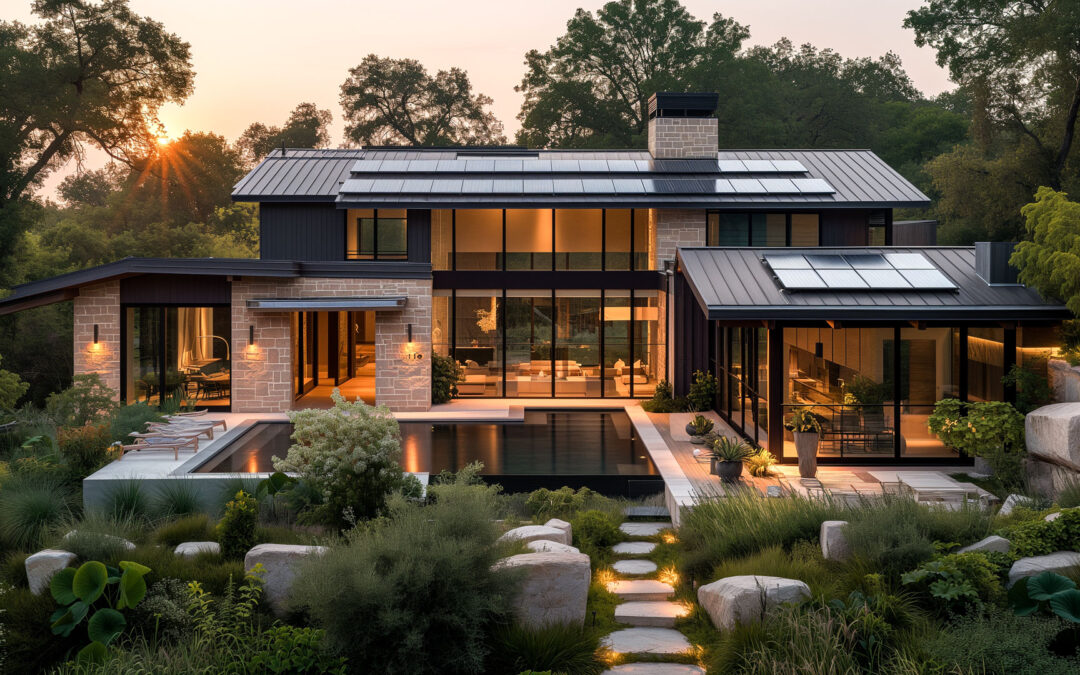Embracing sustainability in home construction is not just a trend, but a responsibility. In this comprehensive guide, we delve into the core principles of building a custom home with sustainable practices and environmentally friendly impacts. Danleigh Homes is committed to integrating green technologies and eco-conscious strategies in every phase of construction. From energy-efficient designs to the use of renewable resources, this article outlines the essential practices that make your dream home not only a personal haven but also a testament to environmental stewardship.
Building a new home with sustainable practices involves incorporating environmentally friendly materials, energy-efficient design, and conservation measures. Here are some sustainable practices commonly considered in the design and construction phases of building an eco-friendly custom home with Danleigh Homes.
Energy-Efficient Design:
- Use passive solar design to maximize natural light and heat.
- Optimize building orientation for energy efficiency.
- Install energy-efficient windows and doors.
Insulation:
- Choose high-quality insulation materials to reduce energy consumption.
- Ensure proper insulation of walls, floors, and ceilings.
Renewable Energy Sources:
- Incorporate solar panels for electricity generation.
- Consider geothermal heating and cooling systems.
Water Conservation:
- Install water-efficient fixtures (low-flow toilets, faucets, and showerheads).
- Harvest rainwater for landscaping and non-potable uses.
Sustainable Materials:
- Use recycled or reclaimed materials when possible.
- Choose locally sourced materials to reduce transportation impact.
Energy-Efficient Appliances:
- Select energy-efficient appliances and lighting fixtures.
- Use smart home technology for efficient energy management.
Waste Reduction:
- Minimize construction waste through recycling and reusing materials.
- Implement a waste management plan during construction.
Rainwater Management:
- Design permeable surfaces to allow rainwater to recharge the groundwater.
- Implement rain gardens to manage stormwater runoff.
Indoor Air Quality:
- Use low VOC (volatile organic compound) paints and finishes.
- Ensure proper ventilation with high-efficiency air filtration systems.
Durable and Long-Lasting Design:
- Plan for durability to reduce the need for frequent repairs or replacements.
- Design for adaptability to accommodate future changes or upgrades.
Certifications and Standards:
- Seek certifications such as LEED (Leadership in Energy and Environmental Design), Energy Star, Net Zero Energy Building or other local energy or green building standards.
By integrating these sustainable practices, you can potentially reduce environmental impact, lower energy bills, and contribute to a healthier and more sustainable future in general. The benefits of the design/build process with Danleigh Homes is that you can evaluate cost, return on investment and the practicality of implementation of these sustainable and environmentally friendly practices.

